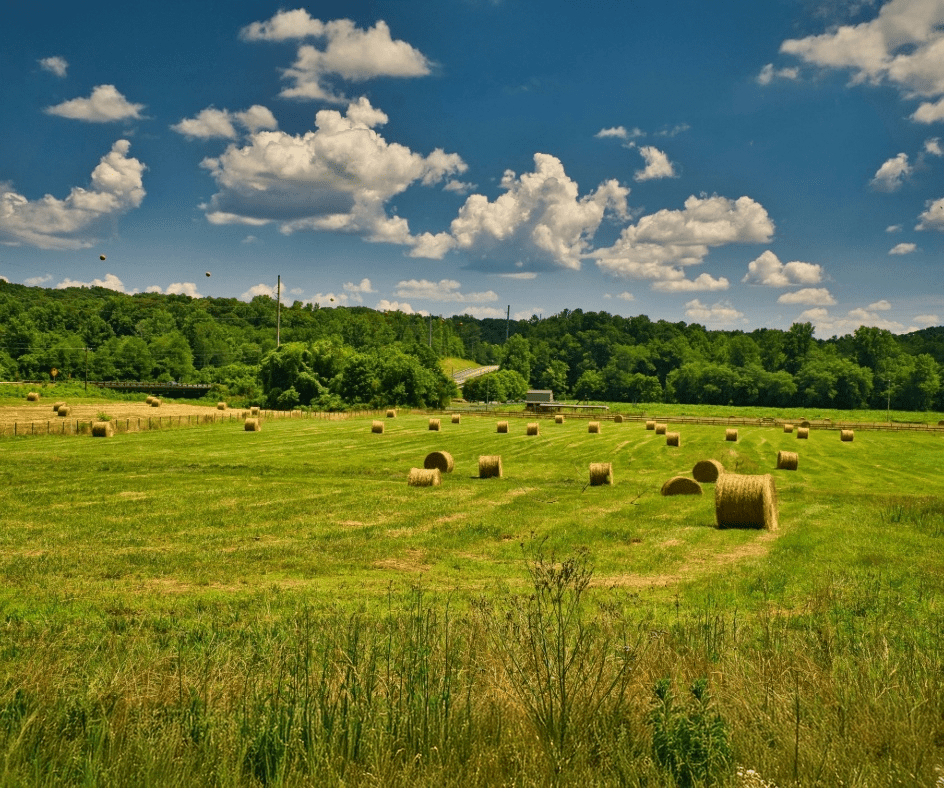Confusion on how some land is described or identified by mortgage lenders and/or insurance companies is understandable. Even they don’t fully agree with what terms best describe land with no improvements or residents living on it. Leaving many people with the question of what is vacant land?
A quick Google search provides at least 5 different vacant land meanings. Which further proves that the answer to a relatively simple question can be a little complicated. Let’s see if we can clear it up for you.
Vacant Land or Lot?
The initial confusion comes from the words land or lot.
Millions of Americans purchase vacant lots every year. Most buy their lots to build a home, barn, or garage on. While others may purchase a slightly larger piece of land to build a business or even a large factory upon. A vacant lot is typically less than one acre and is obviously free of any buildings or general improvements. To be clear, the words land and/or lot are 100% synonymous in this instance. Regardless of the size of the tract, either can be considered vacant.
Vacant land is relatively similar to a vacant lot, but the larger a tract of land is, the more likely some improvements, structures, or personal property. Even older barns, sheds, and boat docks (by definition) can relegate your property out of the “vacant land” category. If you find yourself in a situation where your mortgage lender requires you to provide liability coverage for your property and you have a dilapidated, older barn, you may have difficulty finding coverage.
What Is Vacant Land?
So, let’s define Vacant Land for you now (as it pertains to liability insurance). Any size tract of land with no structures like homes, barns, or boathouses is considered vacant. It is predominantly an empty piece of land.
. . . but what if there is an old barn in the woods that is uninhabitable and not used for any purpose?
The American Hunting Lease Association (ahuntingleas.org) has created the only program we are aware of that permits these types of structures. While still providing liability coverage for their use. As long as no permanent residences or buildings are being used regularly. The AHLA program provides coverage. Even a seldom-used cabin or camper parked on the property is covered from liability claims on the AHLA policy. There is no requirement to allow hunting either; the AHLA simply provides coverage for landowners to protect themselves from claims made by their guests and even trespassers.
Timberland & Recreation Insurance
You may also see terms like timberland insurance or recreational land insurance. Again, these terms are synonymous with vacant land but are often misconstrued to mean something else. The confusion is understandable if you have purchased or own a 50-acre tract of land that is all crop fields and pasture and an insurance company refers to it as timberland for insurance purposes? There might not be a single tree on it! Another scenario might be a 200-acre block of standing timber. If you purchase timberland insurance, you might expect the timber (trees) itself would be covered, but now that is a different type of coverage.
Conclusion
So, your confusion is well earned. The insurance industry is guilty of using misleading or non -relevant terms occasionally due to geographical situations. Land in South Carolina is often heavily populated with timber, and policies in that region simply reflect the norm for that region. Conversely, large tracts in the Midwest are often made up entirely of fields and cropland. Still, too often, the insurance and mortgage companies don’t differentiate between the two, and the result can be a confused landowner.



Leave A Comment